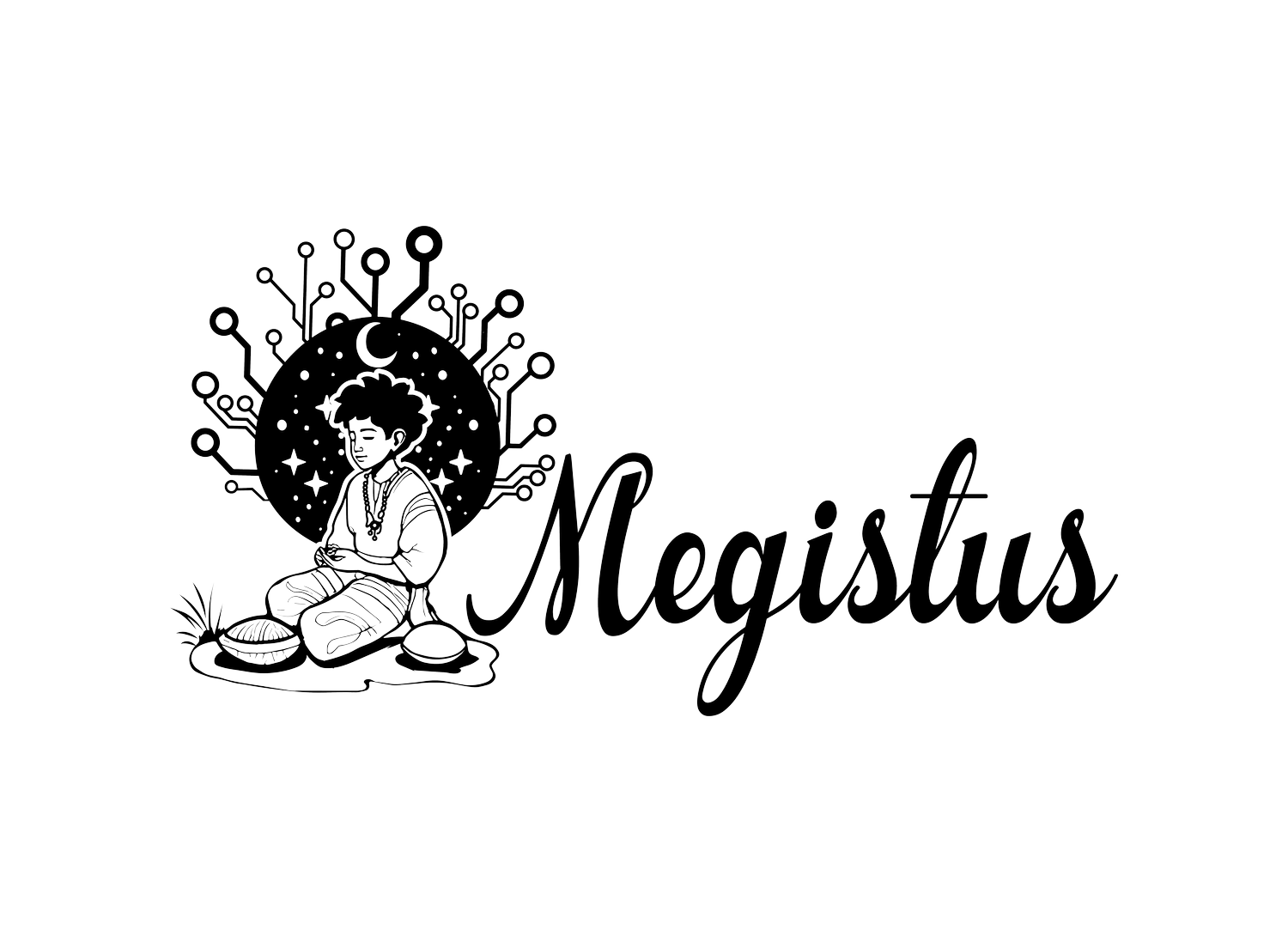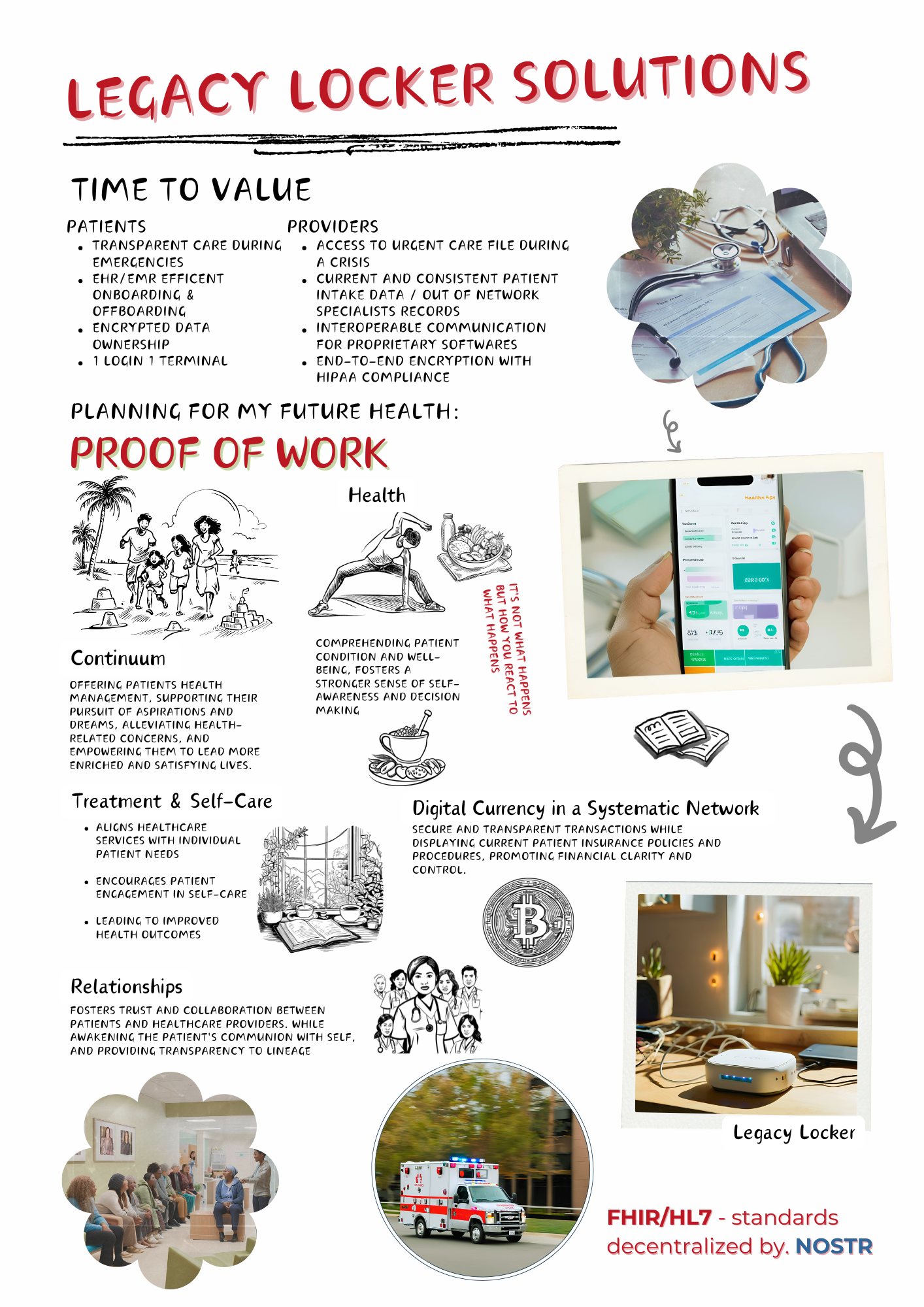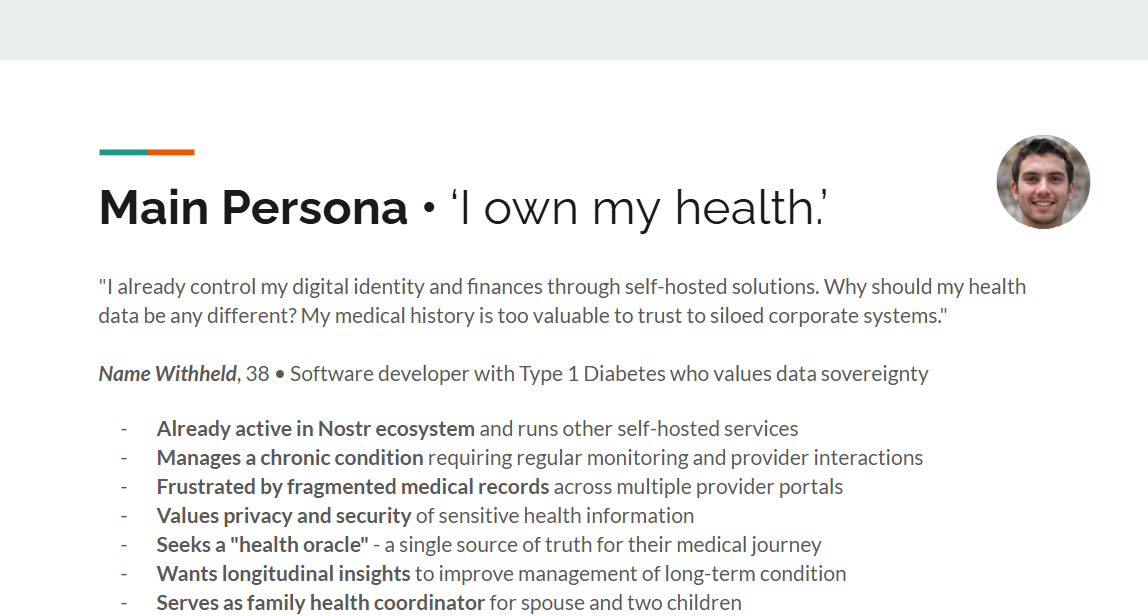Legacy Locker Solutions
Legacy Locker Solutions is a revolutionary decentralized software/hardware designed to enhance the healthcare experience for both patients and providers. By leveraging the NOSTR Protocol, we ensure seamless onboarding during emergencies or appointments, promote data transparency and security, and foster a growing network for self-care and alignment in treatment.
What does this offer?
Fast: Allowing healthcare providers to quickly retrieve critical patient information, reducing time-to-treatment and improving clinical outcomes.
Secure: End-to-end encryption and decentralized data storage ensure that patient records are secure and accessible to authorized users.
Alignment: Encourages patient engagement in self-care and aligns healthcare services with individual patient needs, ultimately leading to improved health outcomes.
Life is a continuum, and my experience is my proof of work.
As information accelerates and users become more self-sovereign, we need to continue building bridges into networks and systems, not walls governed by a select few. I believe our lives are about what we experience and how we contribute to the collective. Humans are social creatures, and as we have evolved, we have faced our challenges, some self-inflicted, while others controlled by someone or something. Every human needs caregivers at some moment in their life.
We, as patients, know less about the practices and procedures these days than ever before.
We imagine doctors to be healers or medicine to treat or cure, but that is not always the case. They are just co-contributors to our well-being. Patients have more control over the situation and outcome than the provider. Current healthcare systems have the patient in between the providers' guardrails. I believe those guardrails could be more managed by the patient. Having to chase down health records and results and filling out release of information forms from one specialist to another is a challenge. It can delay treatment and proper clarity for the patient.
Having data ownership within an interoperable environment will increase time to value for the patient and provider.
Life is a continuum, and my experience is my proof of work. I should have the same access and ownership of my data that the current systems have on me. I am not here to disrupt; the system has done a lot of good for me and my family with the help I have been provided along my journey. But I will say, I have faced many challenges with many different caregivers, depending on the information they had at the time and what I could provide them during those moments. That is what I want to change: time to value for the patient and provider.
Every couple of years, my job changes insurance, and every couple of years, I’m in a new network. And every couple of years, my practice changes, and every couple of years, the hospital down the street is rebranded. All of these scenarios deplete time for the patients. Every one of them has different forms, with different logins to create, in different systems to remember, with different needs wanted from the patient. With how many specialists I see for my congenital issue, I would think my doctors would be up to date on my conditions and needs. But I have found that’s not to be the case. Even after filling out the forms and taking the tests, the systems that support them still aren’t transparent enough.
Time is the most valuable resource we energize as humans.
In my situation, if I had the access they were needing or waiting on, I would have received the proper treatment I needed or would not have wasted my time or theirs. Unfortunately, healthcare is a business. Some doctors prescribe based on sales and agreements. They might not always provide the best solution for a patient based on revenue needs. What if the patient had more transparency regarding their records or what they were getting prescribed and treated for? Knowing the costs, generics, and other medical options that could be offered could help the patient understand and become more educated about bettering themselves.
In today’s world, patients are left in the dark and are being guided by blind faith rather than openness and collectiveness towards better health outcomes. Practices shouldn’t hide behind liability and profitability. They should be caregivers because they care. They should have every right to the proof of work they put into their patients, but at the end of the day, patients should have the same proof of work given back to them.
One day, I imagine a world where we can change the care we receive and how we receive it due to the relationships we build between patient and provider, and more importantly, the relationship the patient grows with themselves.
In the future, maybe one day, I could choose to contribute my proof of work towards bettering health solutions for others. And just maybe one day, I can pass my Legacy Locker along so my kids know more about themselves, our family history, and the care they might need, saving them time and energy.

Timeline
Phase One: Emergency Care Access MVP
Patients: Experience transparent care during emergencies, ensuring that they receive personalized support when it matters most.
Providers: Gain access to urgent care files during a crisis, allowing for timely and informed decision-making.
Target Date: End of Q1 2026
Phase Two: Efficient Onboarding and Offboarding
Patients: Benefit from streamlined EHR/EMR onboarding and offboarding processes, making transitions smoother and more efficient.
Providers: Access current and consistent patient intake data, including records from out-of-network specialists, to enhance care cohesion.
Target Date: End of Q2 2026
Phase Three: Personalized AI Health Advocate
Patients: Utilize a personalized AI Health Advocate to improve healthcare literacy, seek second opinions, and plan for better self-care and future health roadmaps.
Providers: Benefit from enhanced patient engagement and provides valuable insights into patient needs and preferences resulting in better care.
Target Date: End of Q3 2026











